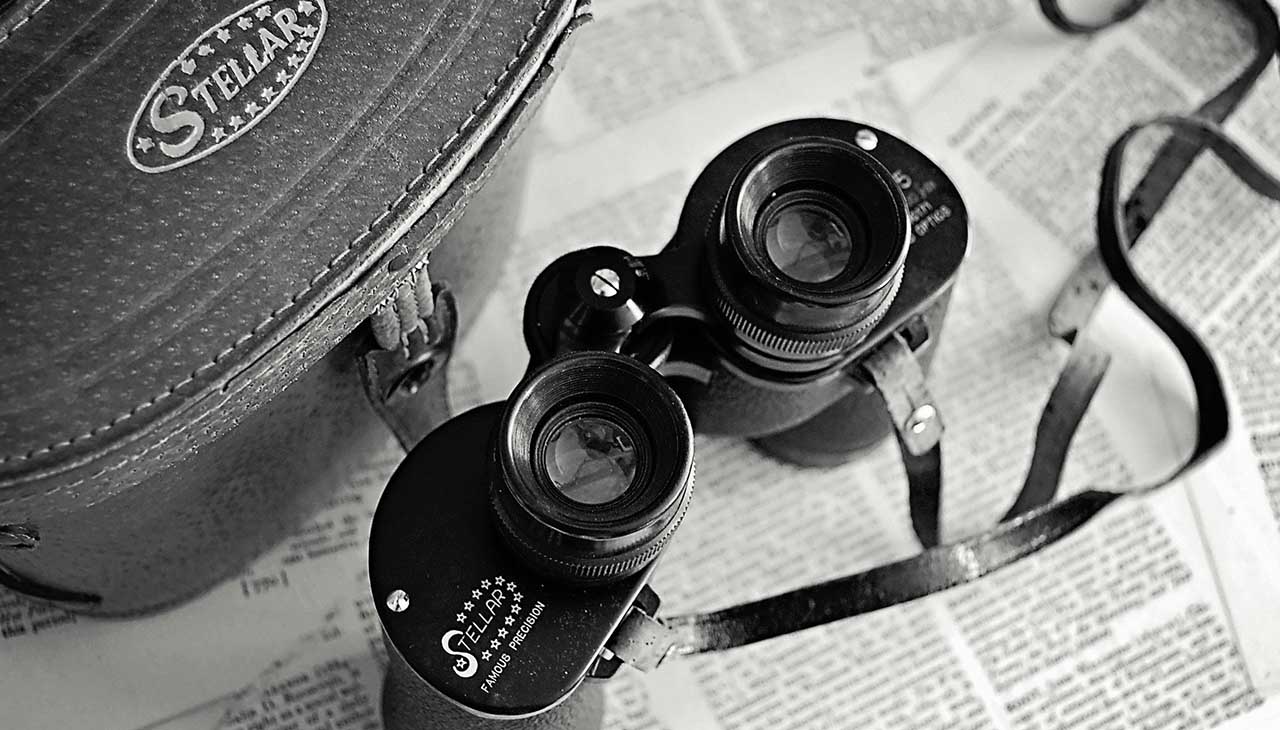Introduction
Whether you’re a seasoned hunter, an outdoor enthusiast, or a wildlife photographer, your binoculars are crucial. They bring distant landscapes into clear view, help track elusive game, and capture breathtaking moments. Without proper care, however, even the highest-quality binoculars can deteriorate over time. This guide is designed to help you maintain your hunting binoculars for longevity and peak performance, ensuring they serve you well on your adventures.
Choosing the Right Binoculars
Before we get into maintenance, it’s essential to choose the right binoculars. Several factors come into play when selecting the perfect pair.
Magnification and Lens Quality
Magnification is a critical factor. It’s generally denoted as two numbers, like 8×42. The first number is the magnification power, and the second is the diameter of the objective lens in millimeters. Higher magnification means more detail but can also lead to shakier images.
Lens quality also matters. Look for binoculars with high-quality glass and coatings that enhance light transmission. This will give you clearer and brighter images.
Waterproofing and Durability
Since you’ll likely be using your binoculars in various weather conditions, waterproofing is essential. Waterproof binoculars are sealed with O-rings to keep moisture out. Additionally, nitrogen-purged designs prevent internal fogging, which can ruin your viewing experience.
Ergonomics and Weight
Comfort is vital, especially for extended use. Choose binoculars that feel good in your hands and aren’t too heavy. Adjustable eyecups can also make a big difference, especially for eyeglass wearers.
Understanding Your Binoculars
Now that you have the right binoculars, it’s crucial to understand how they work and how to adjust them for optimal performance.
Binocular Terminology
Familiarize yourself with terms like “diopter adjustment,” “exit pupil,” and “field of view.” Knowing these terms will help you understand product specifications and get the most out of your binoculars.
Adjusting for Optimal Performance
To get the best view, start by adjusting the interpupillary distance (IPD). This is the distance between the two eyepieces. Next, use the central focus wheel for general focusing and the diopter adjustment to fine-tune the focus for each eye. Proper adjustment ensures that both eyes see a clear, single image.
Using the Right Accessories
Consider investing in accessories like a harness or tripod adapter. A harness distributes the weight of the binoculars, making them more comfortable to carry. A tripod adapter can stabilize your binoculars for extended viewing sessions.
Maintenance Basics
Proper cleaning and storage are the first steps in maintaining your binoculars.
Cleaning Your Binoculars
Start by blowing off loose dust and debris with a blower or a soft brush. Use a microfiber cloth to gently wipe the lenses. For more stubborn dirt, a lens-cleaning solution specifically designed for optics can be used. Avoid using household cleaners, as they can damage the lens coatings.
Storing Your Binoculars
Always store your binoculars in a protective case when not in use. This protects them from dust, moisture, and physical damage. If you’re storing them for an extended period, make sure they’re in a cool, dry place to prevent mold and fungal growth.
Regular Inspections
Make it a habit to inspect your binoculars regularly. Check for any signs of wear and tear, such as loose parts or fogging inside the lenses. Early detection of issues can save you from costly repairs later.
Advanced Maintenance for Longevity
For those who want to go the extra mile, advanced maintenance tasks can extend the life of your binoculars.
Waterproofing and Re-sealing
Even waterproof binoculars can lose their seal over time. If you notice any fogging inside the lenses, it might be time for re-sealing. This is a delicate task best left to professionals, but knowing when it’s necessary can help you take action promptly.
Aligning Your Binoculars
Over time, binoculars can become misaligned, causing double vision. This is known as collimation. While some minor adjustments can be made at home, significant misalignment should be corrected by a professional to ensure precise calibration.
Lubricating Moving Parts
The moving parts of your binoculars, like the focus wheel and diopter adjustment, can become stiff over time. A small amount of silicone-based lubricant can keep these parts moving smoothly. Be careful not to over-lubricate, as excess lubricant can attract dust.
Troubleshooting Common Issues
Despite your best efforts, you might encounter some common problems with your binoculars. Here’s how to address them.
Foggy Lenses
Foggy lenses can ruin your viewing experience. If the fogging is external, simply cleaning the lenses should solve the problem. For internal fogging, re-sealing might be necessary.
Misalignment
If you’re seeing double images, your binoculars are likely misaligned. Minor adjustments can sometimes be made by turning the alignment screws, but for significant issues, professional help is recommended.
Stiff Focus Wheel
Stiffness in the focus wheel can usually be resolved with a little lubrication. Use a silicone-based lubricant and apply it sparingly to avoid attracting dust.
Conclusion
Maintaining your hunting binoculars not only ensures their longevity but also guarantees you always get the best performance. From choosing the right pair and understanding their functionality to basic and advanced maintenance, these tips will help you keep your binoculars in top shape.
We’d love to hear from you! Share your maintenance tips and experiences in the comments. If you have any questions or need further advice, don’t hesitate to reach out. Happy hunting and happy viewing!

